The fate of Ruperra Castle 'is a national scandal'
Country Life's architectural editor John Goodall is appalled at the lackadaisical approach of conservation authorities to Ruperra Castle, a Welsh gem in Caerphilly.

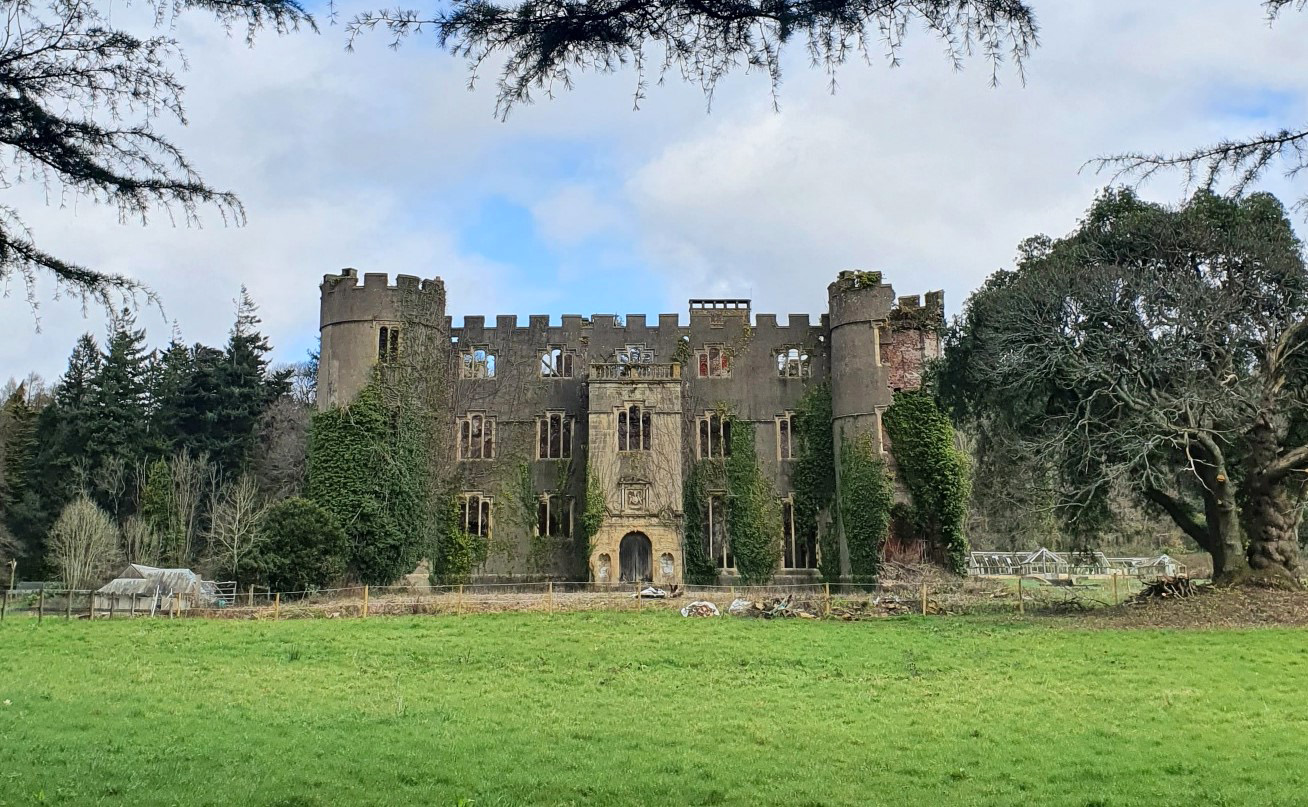
It’s nearly 10 years since I last visited the ruins of Ruperra Castle, in the county borough of Caerphilly, but, to judge from photographs, this magical and unexpectedly sequestered ruin between Newport and Cardiff has only grown more melancholy with the passage of the years. Last month, planning permission was granted for the redevelopment of the former dairy, laundry, coach house and stables in the shadow of this Scheduled Monument and Grade II*-listed building.
Redevelopment is welcome, but — scandalously — it has been granted without any firm accompanying proposals for the ruins themselves. The Ruperra Castle Preservation Trust is desperately fighting to save one of Britain's few remaining pageant castles; you can sign their petition here to help try and bring the matter to the Senedd for debate.
Ruperra Castle was built in 1626 by Sir Thomas Morgan, steward to the Earl of Pembroke. It’s one in a group of late-Tudor and Stuart buildings that were compactly planned to resemble castle keeps on a four-square plan with turrets at each corner.
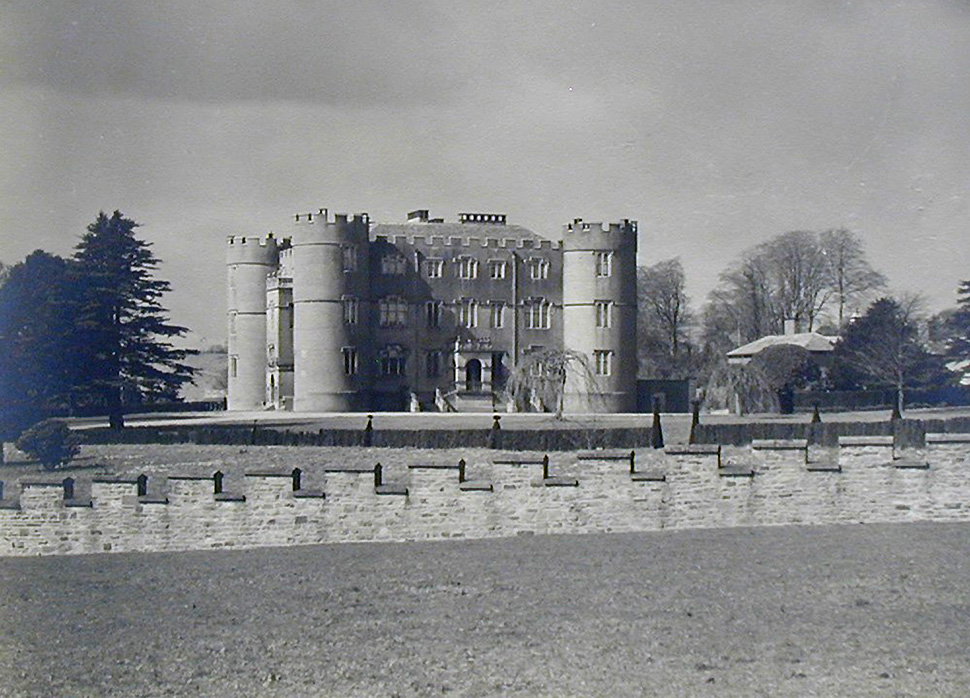
These buildings, erected over a period of about 50 years, can be found across the full extent of the British isles, from Lulworth, Dorset (1610), to Rathfarnham (1580s) and Raphoe (1637) in Ireland, Westwood, Worcestershire (about 1600), Plas Teg, Flintshire (1610) and — as an abbreviation of the idea — Walworth, Co Durham (about 1590).
The castle at Ruperra was remodelled after a fire in 1785, but its modern abandonment followed another major fire in 1941, when the requisitioned building was gutted during occupation by troops. It has remained roofless ever since.
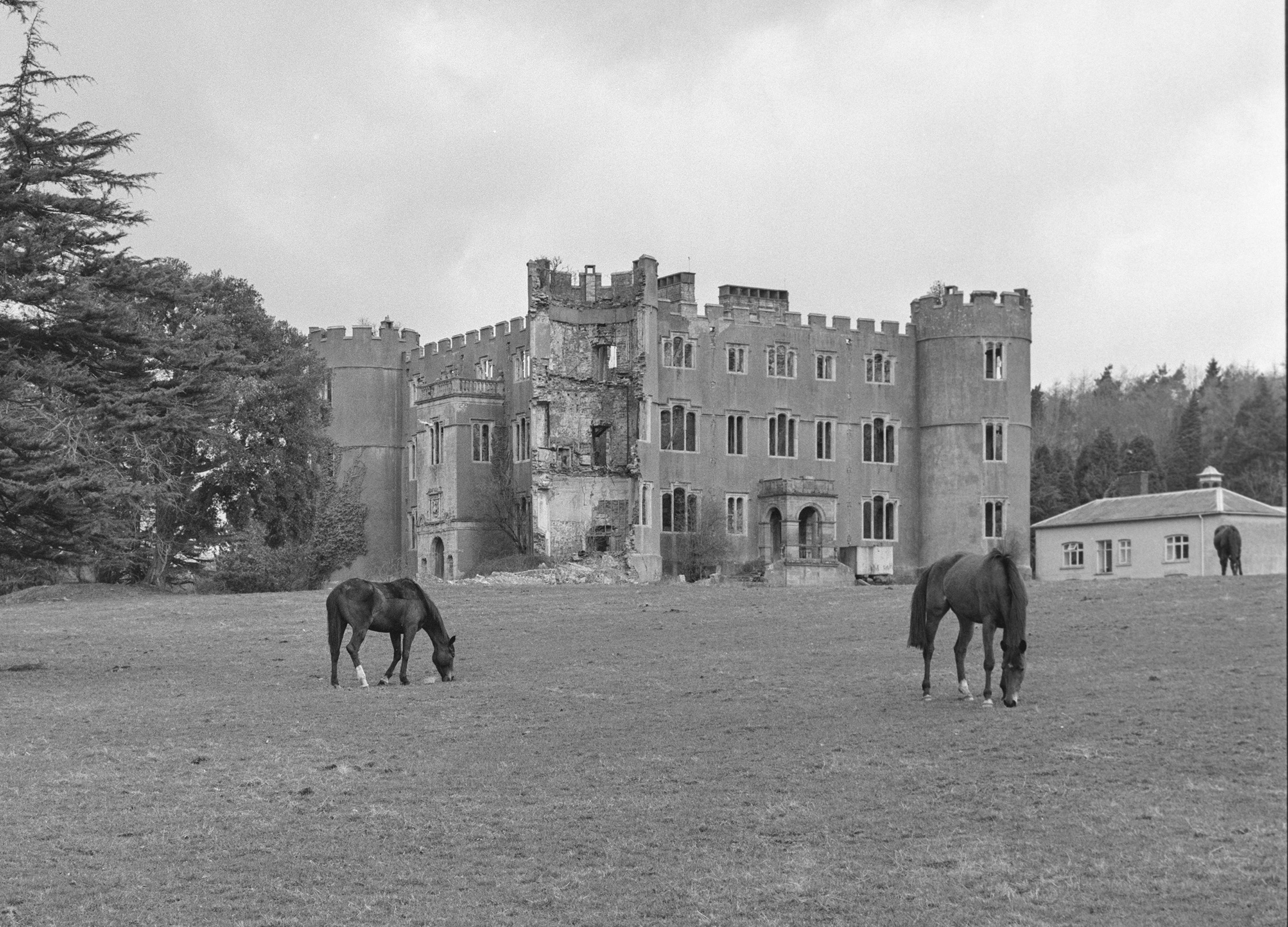
There is considerable local interest in the castle, as represented by the Ruperra Castle Preservation Trust, but the most important practical actions to preserve the fabric have been managed by SAVE Britain’s Heritage.
With the cooperation of the owner, SAVE undertook emergency consolidation work in 2018–19 with funding from Cadw.
Exquisite houses, the beauty of Nature, and how to get the most from your life, straight to your inbox.
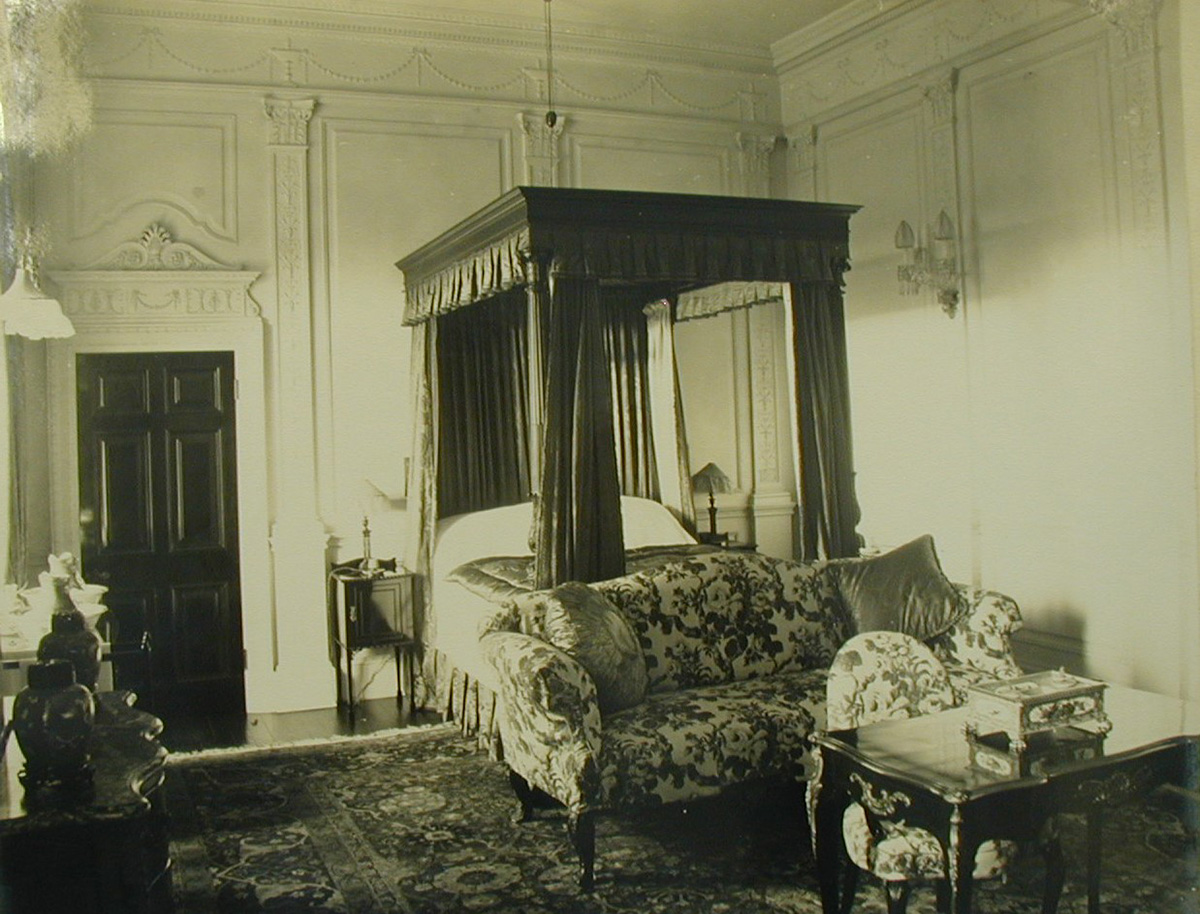
The owning Tredegar family sold the property in 1962, since when it has passed through the hands of various owners. What was formerly a shell has, by degrees, become a partially collapsed and unstable structure, with the first major fall of masonry taking place in 1982.
Work is also planned to restore the sculpture and heraldic panel on the south porch.

Despite that funding, and over a period of many decades, Cadw has consistently failed to give this castle the support it needs. In local terms, indeed, Cadw’s attention has been focused instead on lavish new visitor facilities at nearby Caerphilly Castle.
The financial rewards from the redevelopment of the environs of Ruperra Castle have always been the key to the effective future management of the ruins. Where else is the money going to come from?
Now, without any objection being raised by Cadw, that key has been yielded up.
Nor was the planning application called in by the minister responsible. Certainly, I don't regard the future of the castle — in the words of the minister’s letter — as a matter ‘not likely to cause substantial controversy beyond the immediate locality’. The abandonment of Ruperra Castle in return for vague promises ought to be a national scandal.
To help save Ruperra Castle, please sign the petition to the Welsh Government asking for conservation management for scheduled monuments at risk.
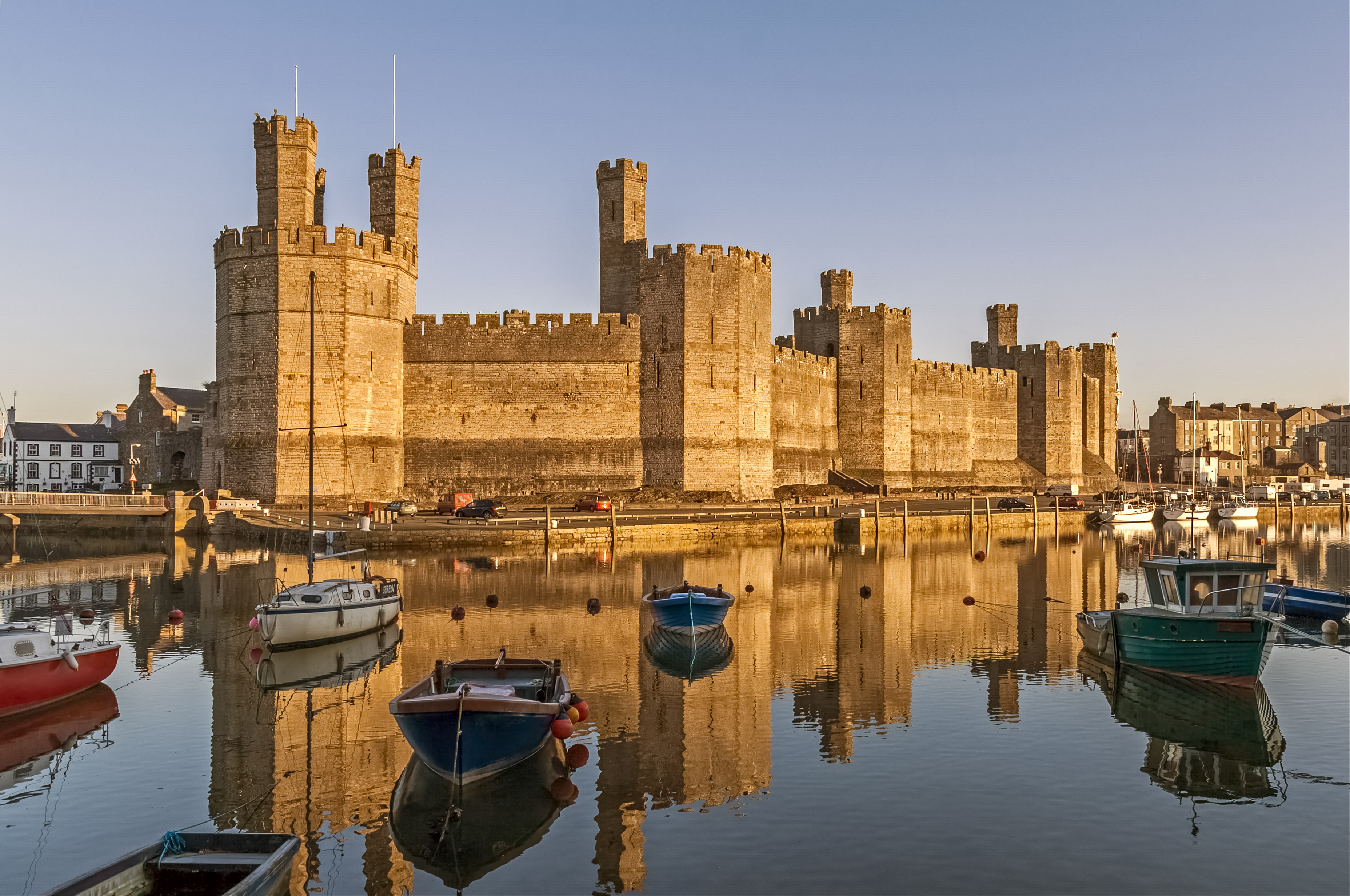
Caernarfon Castle, Gwynedd: 'One of the great buildings of the Middle Ages'
Wales is spoilt for beautiful, evocative and dramatic castles in magnificent locations — yet still Caernarfon Castle stands above the rest.

How St Fagans Castle and its gardens were gifted to the nation of Wales to host a 'truly national folk collection'
Last week, David Robinson looked at the beautiful Elizabethan house at the heart of St Fagans National Museum of History,
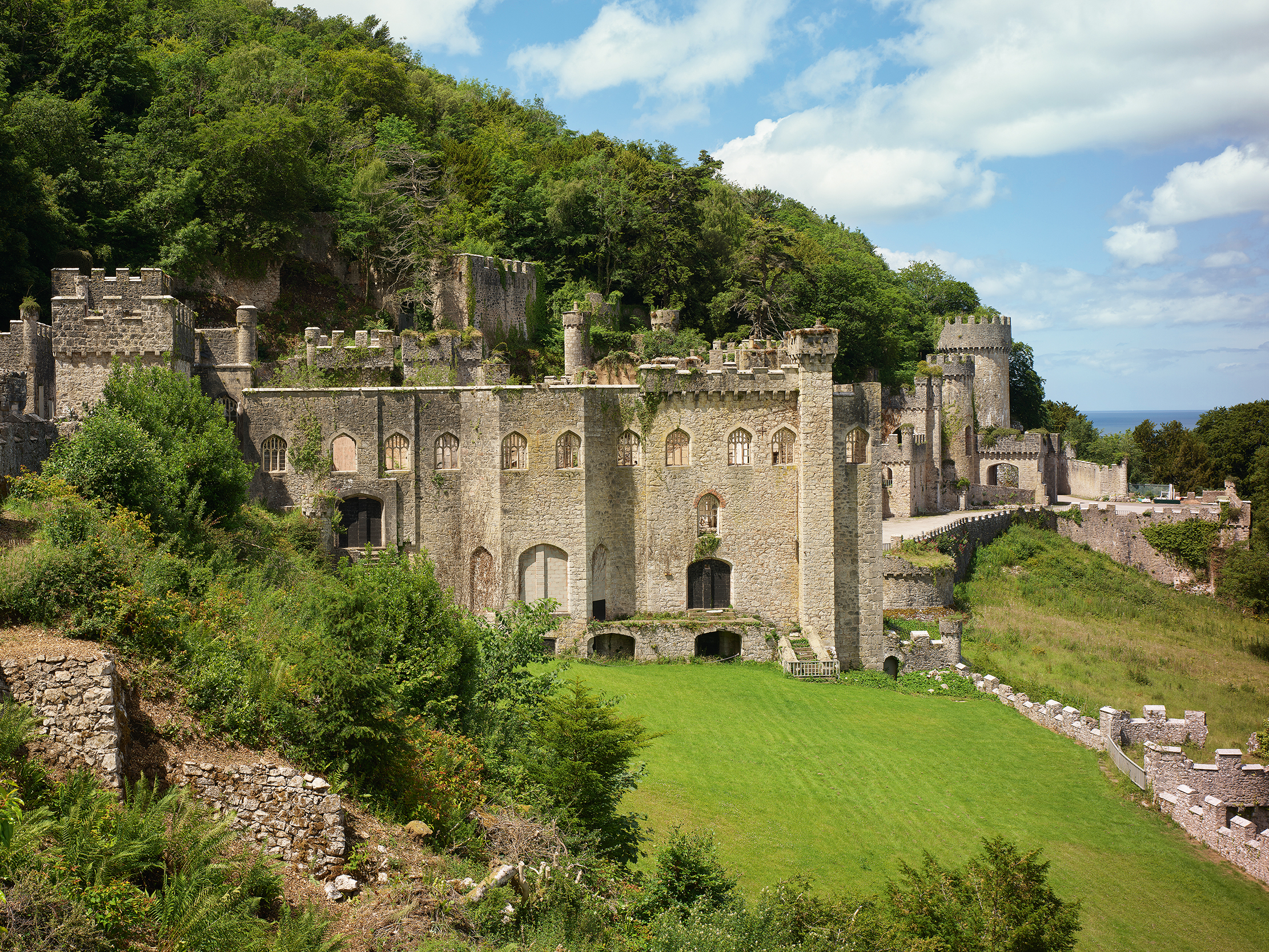
Gwrych Castle: The astonishing fantasy castle saved by the dreams and bravery of a 12-year-old boy
A campaign to save Gwrych Castle was started decades ago by a 12-year-old, now Dr Mark Baker, and the end of

John spent his childhood in Kenya, Germany, India and Yorkshire before joining Country Life in 2007, via the University of Durham. Known for his irrepressible love of castles and the Frozen soundtrack, and a laugh that lights up the lives of those around him, John also moonlights as a walking encyclopedia and is the author of several books.